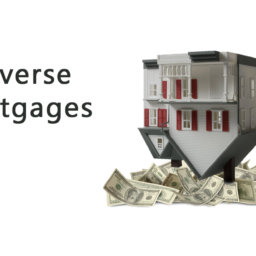 Here’s the scenario: you have a project and need to borrow some money, but you want to do it in the most economic manner. You’ve got a low rate on your existing first mortgage and don’t want to do a cash-out refinance and pay a higher rate. Is a home equity loan an option?
Here’s the scenario: you have a project and need to borrow some money, but you want to do it in the most economic manner. You’ve got a low rate on your existing first mortgage and don’t want to do a cash-out refinance and pay a higher rate. Is a home equity loan an option?
Prior to 2018, homeowners could have up to $100,000 of home equity debt and deduct the interest on their personal tax return. The Tax Cuts and Jobs Act of 2017 eliminated the home equity deduction unless the money is used for capital improvements.
Regardless of the deductibility, lenders will still loan money to owners who have equity in their home and good credit. The most common reasons people borrow against their home equity are:
- Consolidate debt with higher interest rates
- Make improvements on their home
- Refinance an existing home equity line of credit
- Down payment for another home or rental investment
- Creating reserves or available access for potential needs
One available loan is a fixed-rate home equity loan, commonly referred to as a second mortgage. It is usually funded at one time, with amortized payments for terms that could range from five to fifteen years.
Another option is a home equity line of credit or HELOC, where a homeowner is approved for up to a certain amount at a floating-rate over a ten-year period. The borrower can draw against the amount as needed and would pay interest every month and eventually, pay down the principal.
The amount of money that can be borrowed is determined by the equity. Lenders generally will not exceed 80% of the value of the home. If a home was worth $400,000, the 80% ceiling would be $320,000. If the homeowner had an unpaid balance on their first loan of $240,000, an amount up to $80,000 would be possible.
The next variable is the borrowers’ credit score which will determine the rate of interest that will be charged. The higher the score, the lower the rate the borrower will pay. And the converse is true, the lower the score, the higher the rate.
Another common variable considered is the borrowers’ total debt to income ratio. Ideally, the combination of regular monthly debt payments should not exceed 43% of their monthly gross income.
If you have good credit and an adequate amount of equity, your home could be the source of the funds you need. There is a lot of competition among lenders and shopping around can make a difference. If you have questions about whether the interest on the loan will be deductible, talk to your tax professional.
Contact me for a recommendation of a trusted mortgage professional!












